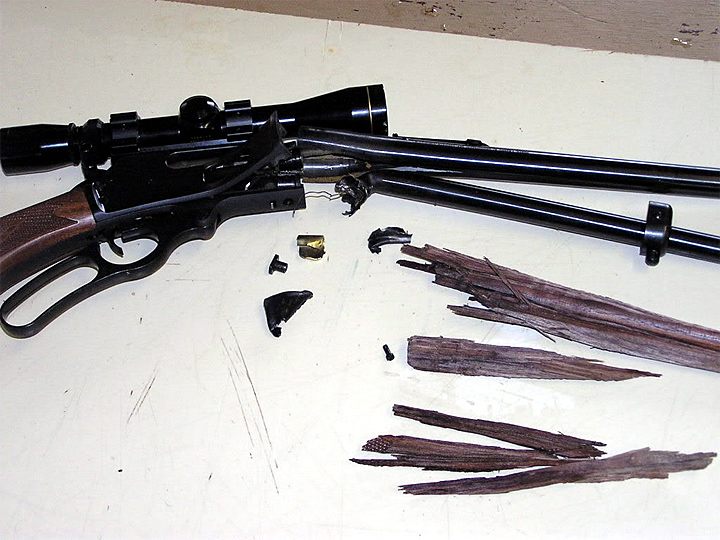I'm looking at a book here on reloading a .38 and it says...
125grain jhp ...
and all the powders and grains per powder... min-max
this one book i have here says..
Book A single .38 reloading info small book
clays 4.8gr 5.0gr 5.3gr *5.5gr max 5.8gr
Lyman book
Clays 3.2 - 3.8gr
i was just looking (cross-referencing) the 2 books and i saw this.... and that's a big difference and it makes me question if i should get another book to cross-reference.
125grain jhp ...
and all the powders and grains per powder... min-max
this one book i have here says..
Book A single .38 reloading info small book
clays 4.8gr 5.0gr 5.3gr *5.5gr max 5.8gr
Lyman book
Clays 3.2 - 3.8gr
i was just looking (cross-referencing) the 2 books and i saw this.... and that's a big difference and it makes me question if i should get another book to cross-reference.


![Wink [wink] [wink]](/xen/styles/default/xenforo/smilies.vb/002.gif)